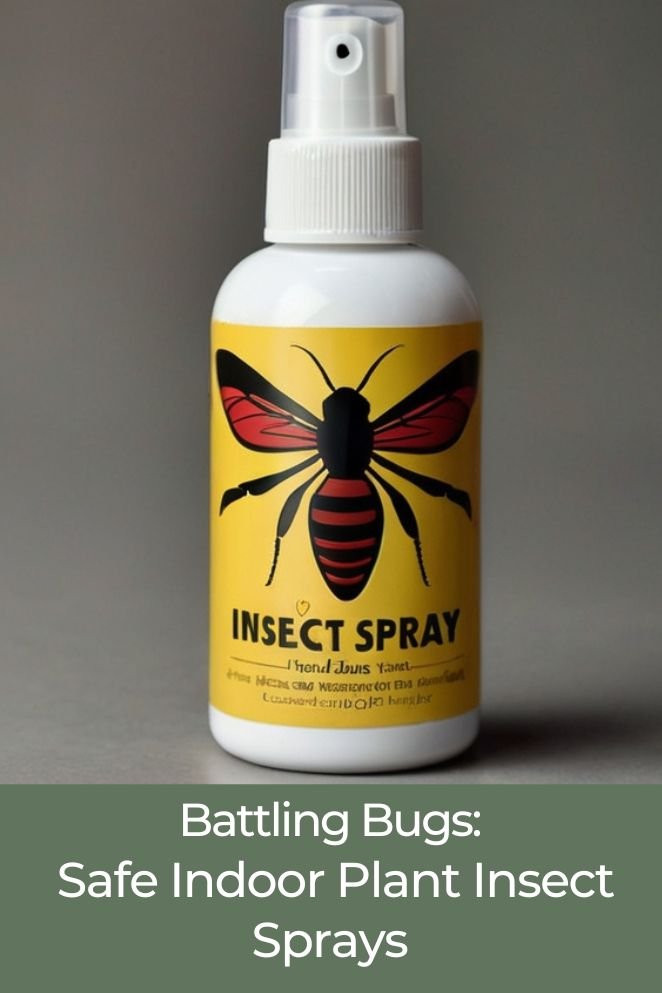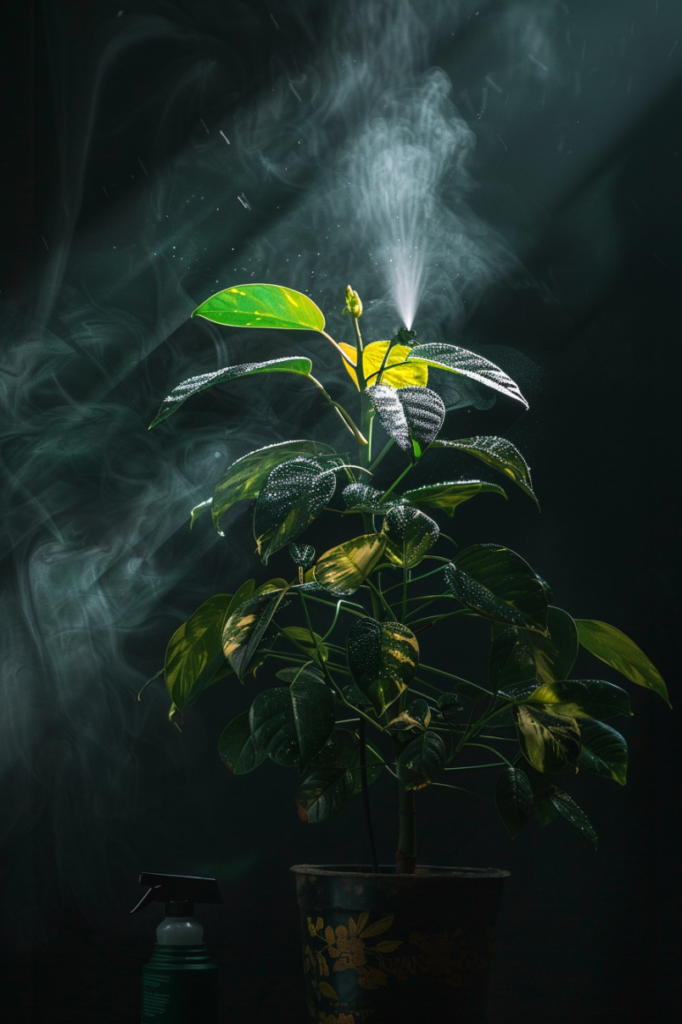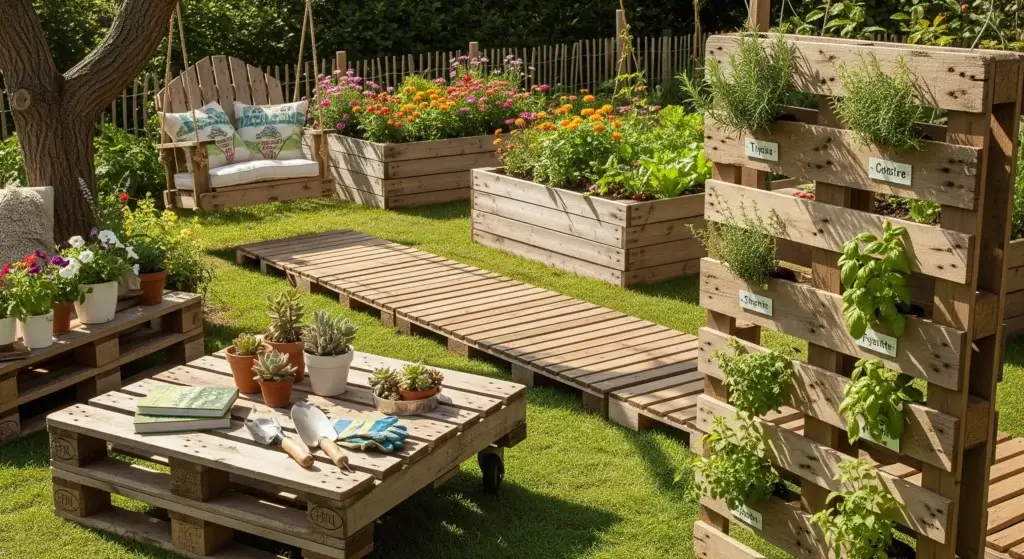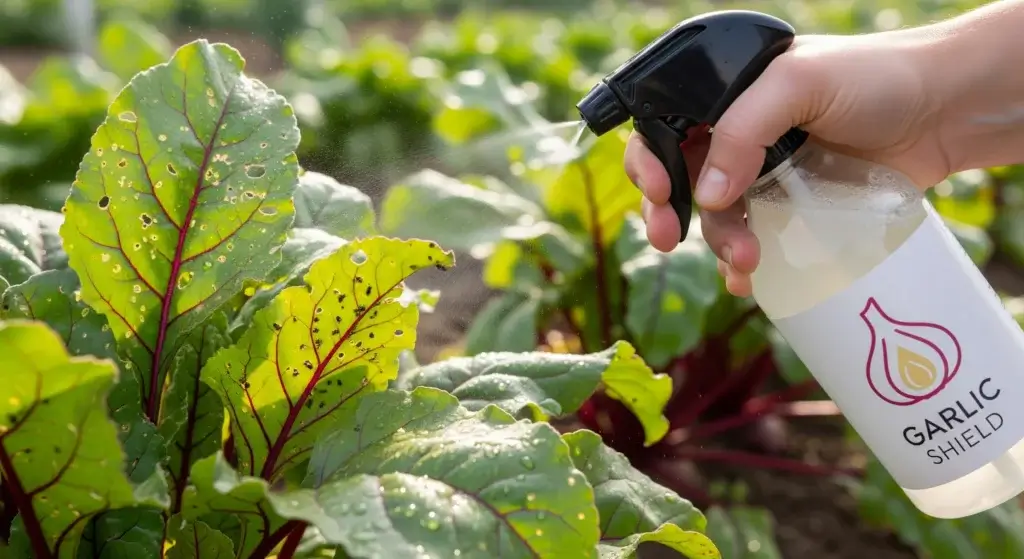
Indoor plants can bring life and beauty to your home, but they can also be susceptible to pests that can damage or even kill them.
In this blog post, we will discuss common indoor plant pests, how to make a DIY insect spray using gratitude affirmations, and the benefits of using natural or homemade plant insect sprays.
Common Indoor Plant Pests
Indoor plants can bring life and vibrancy to our homes, but they can also attract unwanted pests that can wreak havoc on their health.
Here are some common indoor plant pests to watch out for:
- Read also: How To Prevent Spider Mites Indoors
- Read also: Guide to a Pest-Free Garden: Aphid Repellent Plants
Aphids
These small, soft-bodied insects feed on the sap of plants, often congregating on the undersides of leaves.
As they feed, they can cause distorted growth and leaf drop, weakening the plant over time.
Mealybugs
Mealybugs are white, cottony insects that tend to cluster on stems, leaves, and even roots of indoor plants.
They suck sap from the plant, leading to stunted growth, yellowing, and premature leaf drop.
Scale insects
Scale insects are immobile pests that attach themselves to leaves and stems, often appearing as small, raised bumps.
They secrete a waxy covering that protects them from predators and pesticides. Infestations can lead to stunted growth and reduced plant vigor.
Whiteflies
These tiny, white insects resemble small moths and are often found hovering around indoor plants.
They feed on the undersides of leaves, sucking sap and causing yellowing, reduced vigor, and leaf drop.
Thrips
Thrips are extremely small insects with pointed tails, typically found on flowers and the undersurface of leaf tissue.
They feed by puncturing plant cells and sucking out the contents, leading to streaking and distortion of flowers and foliage.
Spider mites
Spider mites are tiny arachnids that thrive in hot, dry conditions.
They feed on the undersides of leaves, piercing plant cells and sucking out the contents.
Infestations can cause stippling, gray/bronze discoloration, premature leaf drop, and the presence of fine webbing.
Fungus gnats
These small flies are commonly found in and around indoor plant soil.
They feed on fungus growing in the soil and can lay eggs in the soil as well.
The larvae of fungus gnats can cause root damage if the infestation is severe.

DIY Insect Spray for Your Indoor Plants
To protect your indoor garden, it’s essential to have a DIY insect spray on hand.
In this blog post, we will discuss the ingredients and steps to create an effective insect spray for your indoor plants.
Ingredients
- 1/4 cup vegetable oil
- 1 tablespoon liquid dish soap (one that doesn’t contain bleach, degreaser, synthetic dyes, or fragrances)
- Water
Steps
- Combine 1/4 cup vegetable oil and 1 tablespoon liquid dish soap in a spray bottle.
- Fill the bottle with warm water, leaving a little room at the top.
- Shake the ingredients well to mix them.
- Spray the mixture directly onto your plants, focusing on the undersides of leaves and stems.
- Apply the spray on a weekly basis until all pests are eliminated.
Tips for Using DIY Insect Spray
- Apply the spray in the morning or evening to avoid direct sunlight, which can cause the leaves to burn.
- Test the spray on a few leaves before applying it to the entire plant to ensure it doesn’t damage the foliage.
- If the leaves are burnt or browned, dilute the solution and retest it before applying to the entire plant.
- Keep pets and children away while spraying to avoid accidental exposure.
Benefits of Using Natural or Homemade Plant Insect Sprays
Using natural or homemade plant insect sprays offers several benefits over store-bought chemical insecticides. These benefits include:
Environmentally friendly
Natural insect sprays are crafted from plant-based ingredients, making them biodegradable and less harmful to the environment and wildlife.
Unlike chemical insecticides, which can linger in the soil and waterways, natural sprays break down naturally without leaving behind harmful residues.
Safer for pets and children
Homemade insect sprays typically do not contain harsh chemicals found in commercial insecticides.
This makes them safer for pets and children who may come into contact with treated plants.
With natural ingredients like essential oils and mild soaps, you can effectively control pests without posing a risk to your loved ones.
Cost-effective
Creating your own insect spray at home is a cost-effective alternative to purchasing store-bought insecticides.
While commercial products can be expensive and require frequent purchases, homemade sprays utilize affordable ingredients that are often readily available in your kitchen or garden.
This saves you money in the long run while still effectively managing pests.
Customizable
Homemade insect sprays offer the flexibility to tailor the formulation to target specific pests affecting your plants.
By experimenting with different ingredients and concentrations, you can create a customized spray that addresses the unique pest challenges in your garden.
This targeted approach ensures maximum efficacy while minimizing the impact on beneficial insects.
Reduced risk of resistance
Regularly rotating between different natural insect sprays can help prevent pests from developing resistance to a single type of insecticide.
Unlike chemical pesticides, which can lead to resistant pest populations over time, natural sprays employ a variety of mechanisms to control pests, reducing the likelihood of resistance.

- Read also: Ladybugs for Garden Pest Control
- Read also: Effective Aphid Control Strategies for Indoor Plants
Conclusion
Protecting indoor plants from pests is vital for their health and growth.
One effective method is using a homemade insect spray made from natural ingredients.
This eco-friendly solution helps combat pests without harmful chemicals.
Additionally, practicing gratitude affirmations fosters a positive environment for plants, promoting growth and vitality.
By combining DIY insect sprays with gratitude affirmations, you create a holistic approach to indoor plant care, ensuring they thrive in a pest-free and nurturing environment.



